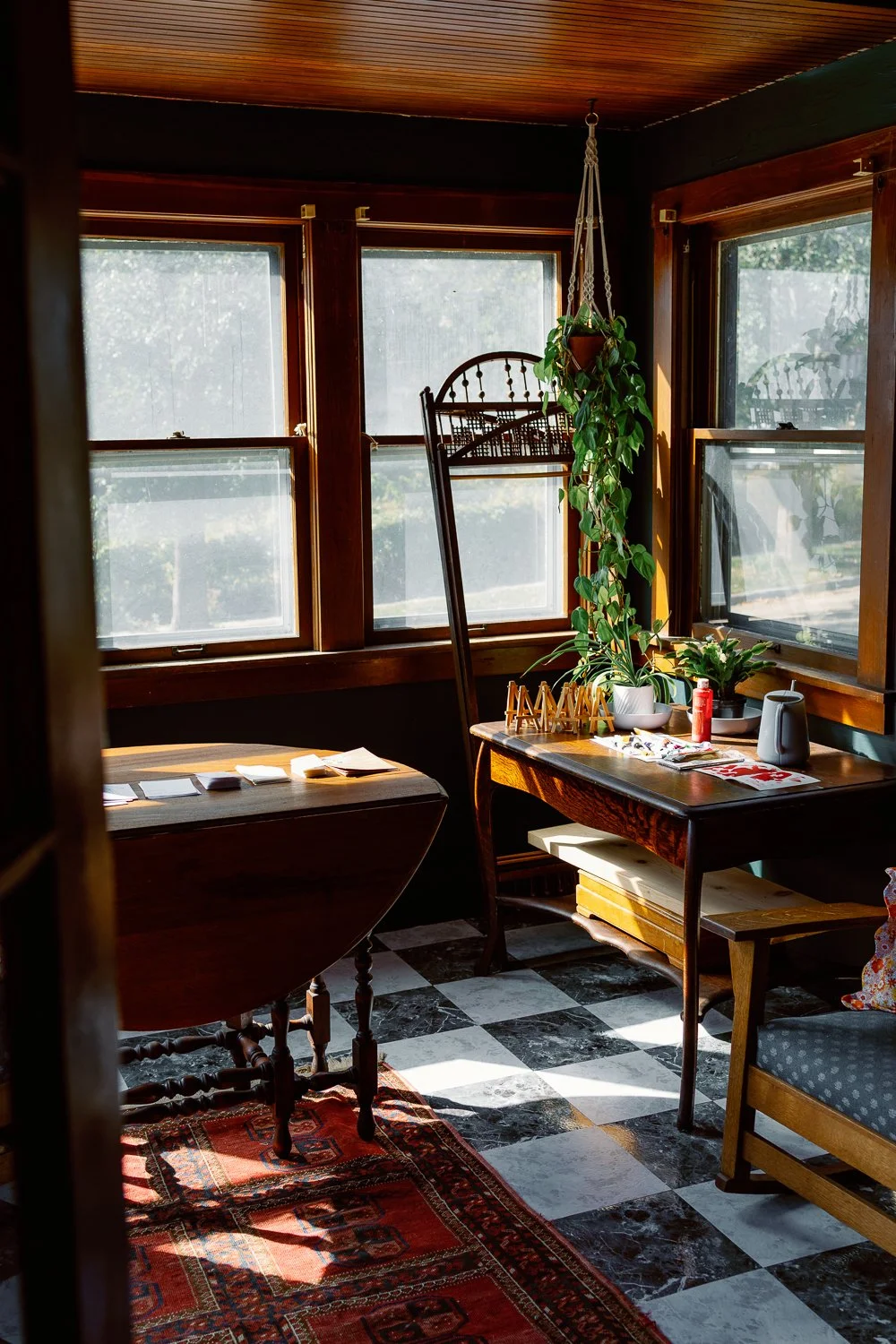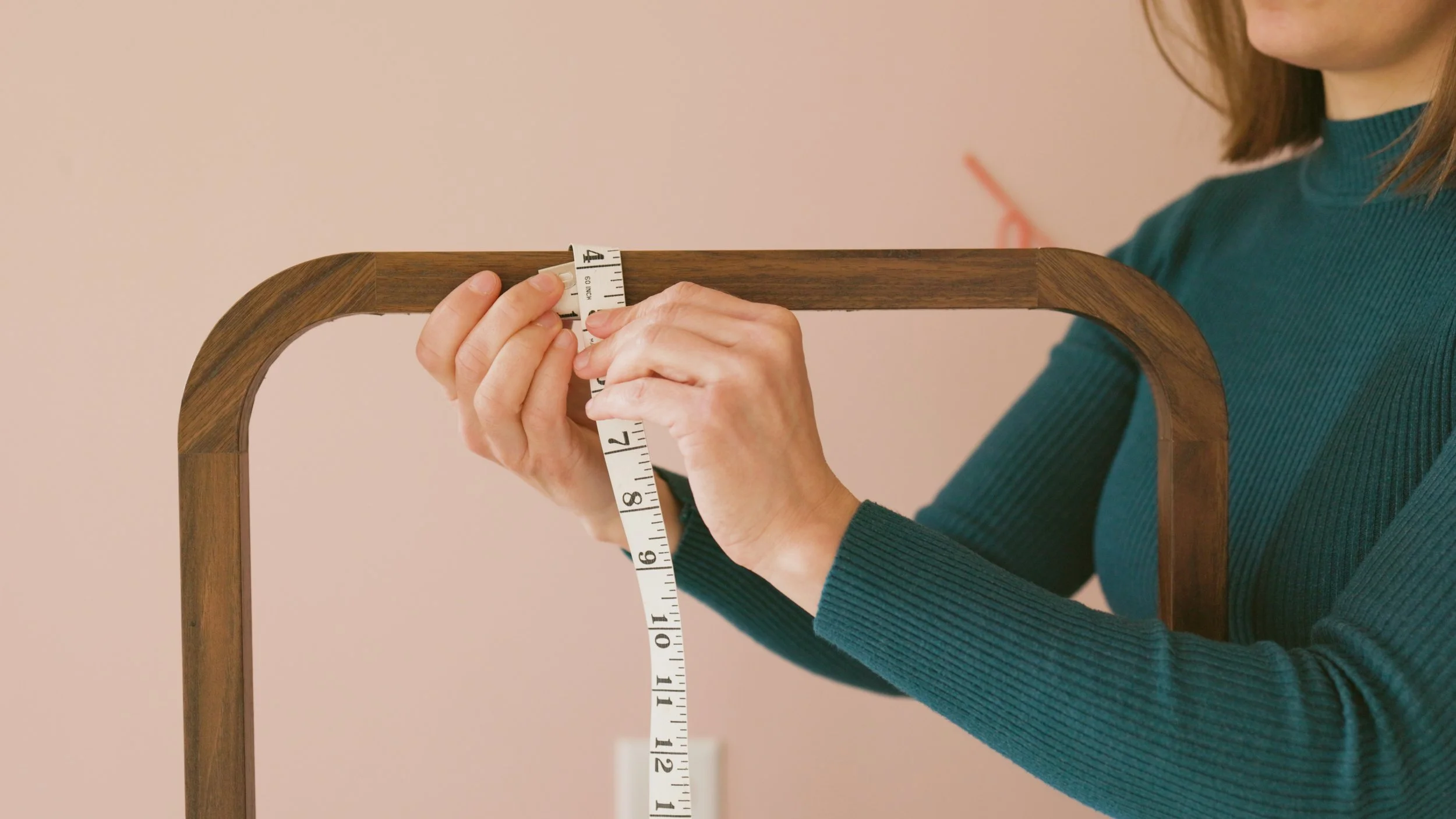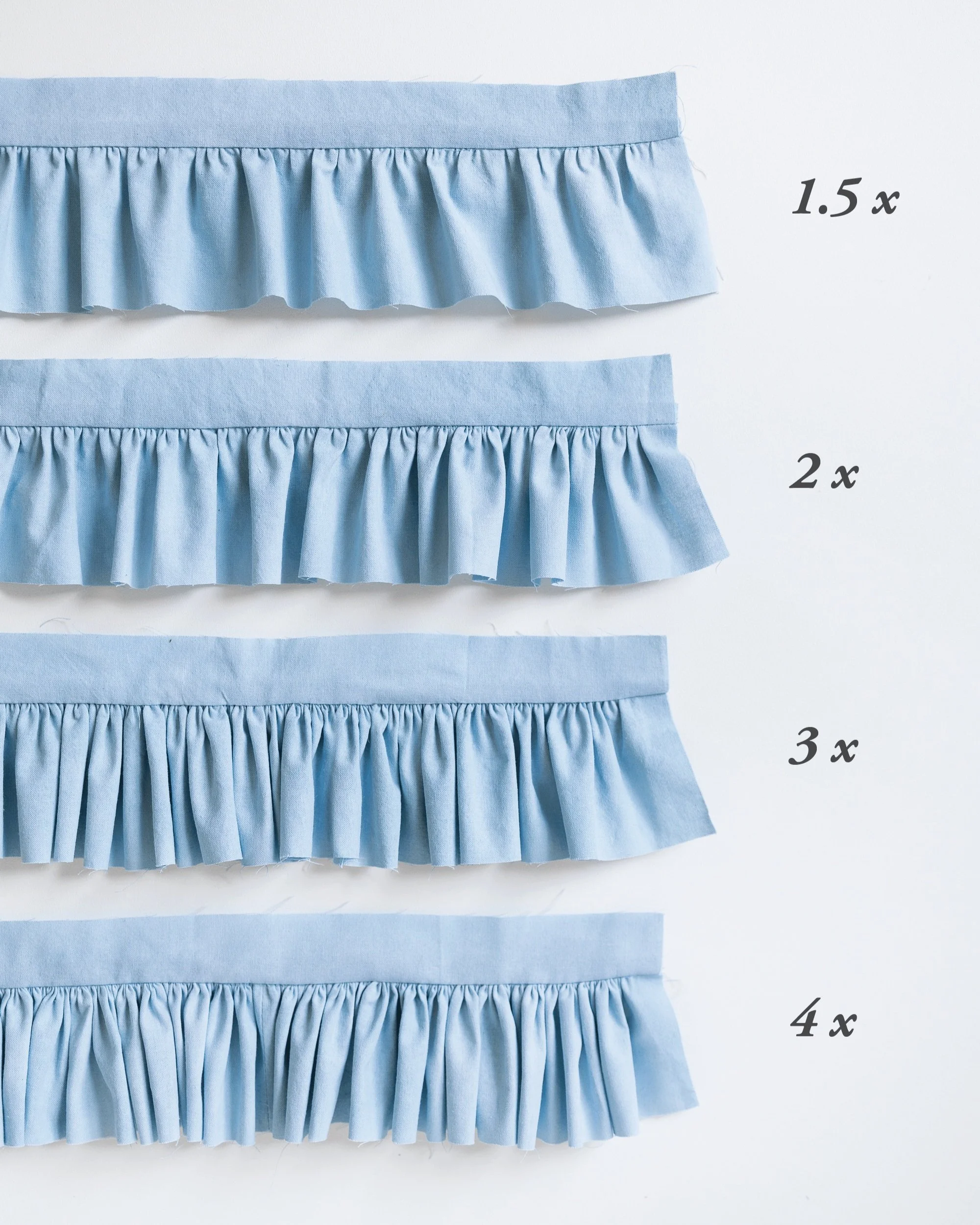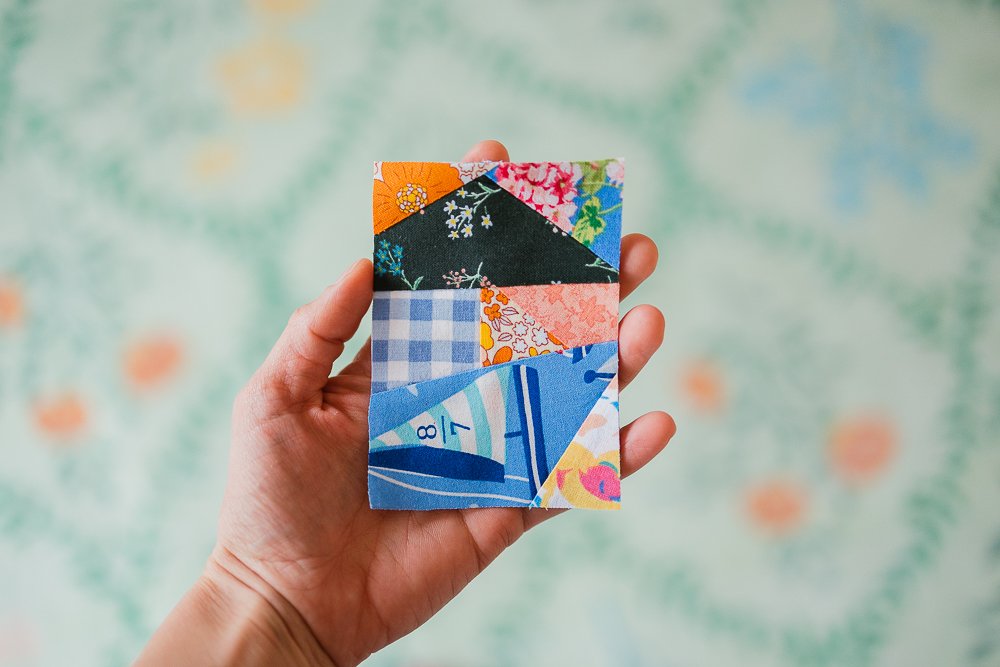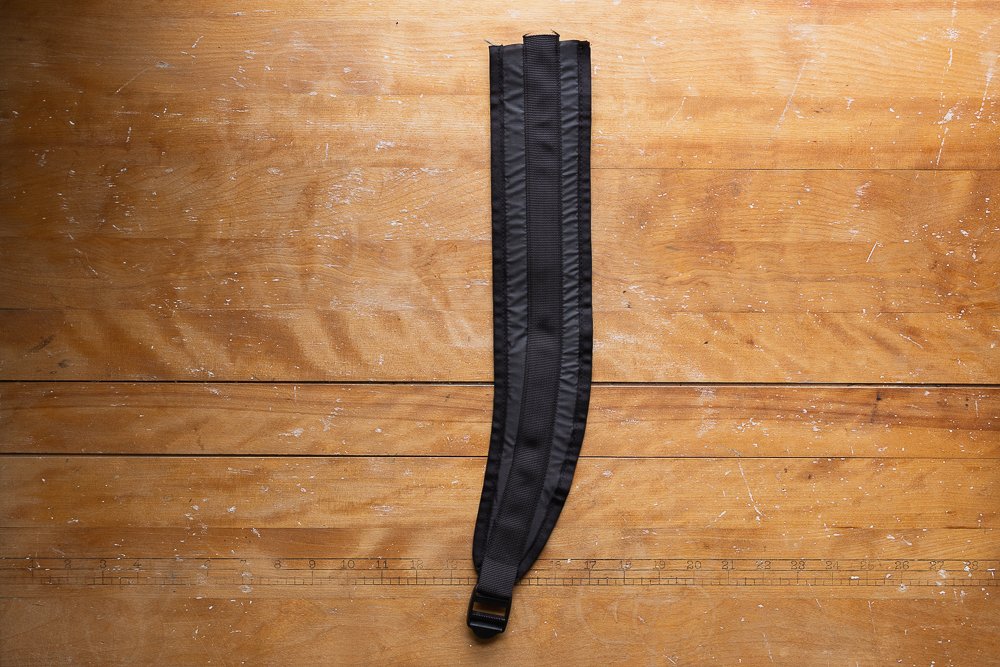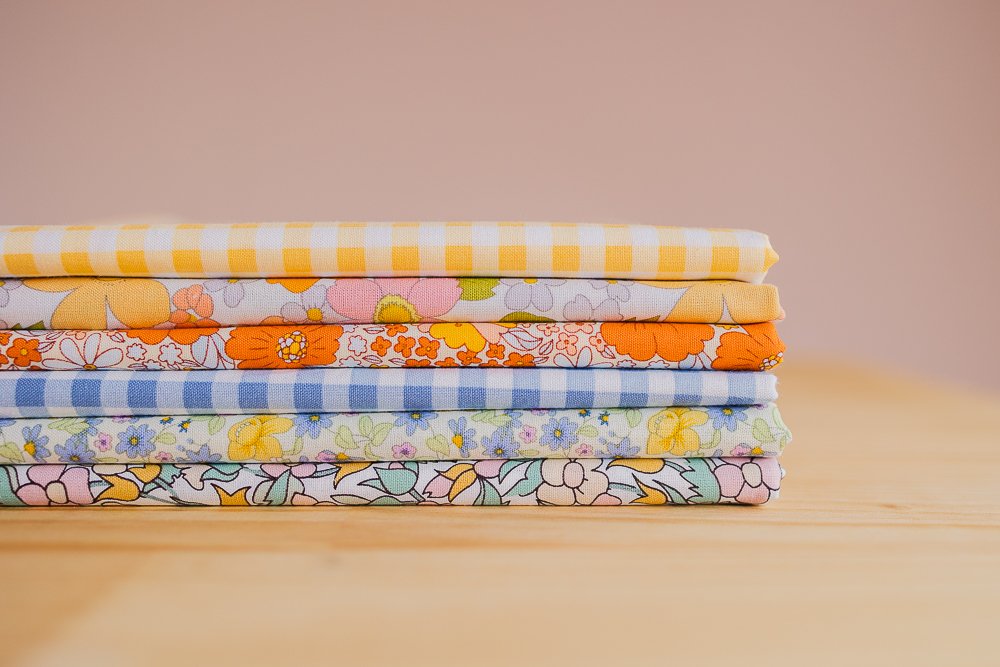Time for another playful project!
Playful projects are little sewing experiments, stressless playtime to try new things, practice techniques, and nourish your spirit through creating.
The important thing these projects is the act of creating, not how well the thing turns out. Because once you make something simple, more complex things feel accessible and creative ideas start to flow.
Last month’s playful project was sewing a great looking and functional backpack strap. This month’s project is experimenting with a mini scrap quilt.
Play along with me!
Supplies needed for this adventure:
Handful of scraps.
Step 1: Grab a handful of crumpled and colorful scraps.
